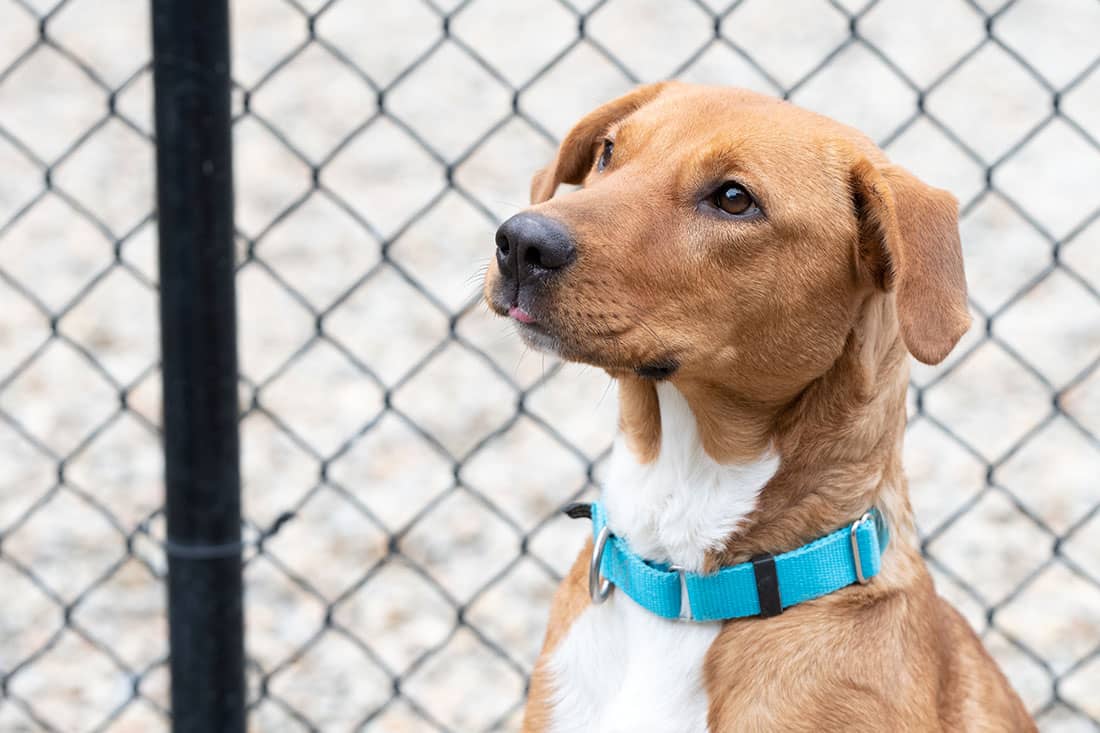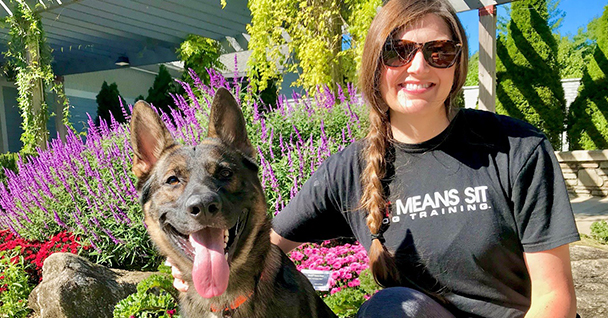Common Behavioral Issues and Their Solutions in Dog Training
Common Behavioral Issues and Their Solutions in Dog Training
Blog Article
Important Tips for Effective Dog Training: A Guide for Animal Owners
Reliable dog training is a complex procedure that needs a calculated strategy tailored to both the family pet's character and the proprietor's goals. Understanding exactly how to navigate these barriers can considerably boost the training experience, eventually changing the relationship between proprietor and pet dog.
Understanding Canine Behavior
Recognizing pet dog actions is crucial for efficient training and cultivating a harmonious relationship between pooches and their proprietors. Pets connect mainly through body movement, articulations, and activities, making it critical for owners to interpret these signals precisely. Identifying a pet dog's stance, tail position, and ear positioning can supply insights into its mood. For instance, a wagging tail does not always suggest happiness; it can also signify excitement or anxiousness.

Socialization plays a substantial duty in pet actions; direct exposure to different settings, individuals, and various other animals can considerably affect a pet dog's character. Moreover, elements such as breed characteristics and individual personality should assist training approaches, as some types might have details behavior qualities that necessitate tailored approaches. By recognizing these components, proprietors can produce a supportive setting that motivates positive actions, causing successful training end results and a deeper bond with their pet dogs.
Developing Constant Commands
Effective interaction with your pet dog starts with developing constant commands. This fundamental aspect of training is essential for cultivating understanding in between you and your animal. Uniformity in the commands you use makes certain that your canine can dependably associate specific words or phrases with the wanted behaviors.
When choosing commands, select clear, distinctive words that are easy to separate and say from each other. Avoid using similar-sounding commands that might perplex your dog. For example, making use of "sit" and "remain" is appropriate, yet "sit" and "struck" can lead to misunderstandings.
Additionally, preserve the exact same tone and quantity for each command. Pet dogs are delicate to singing cues, so varying your tone can produce complication.
It is similarly essential to guarantee that all relative get on the exact same page concerning the commands used. A united front in command use will certainly protect against combined signals and strengthen the knowing process.
Favorable Support Methods
The power of positive support in canine training hinges on its ability to urge wanted habits through benefits and appreciation. This strategy is grounded in the concept that habits followed by desirable end results are a lot more likely to be duplicated. By integrating favorable support right into your training program, you can effectively form your dog's actions in a useful fashion.
To carry out positive support, it's important to identify what encourages your canine, whether it be deals with, toys, or spoken appreciation. When your pet dog carries out a wanted action, such as remaining on command, instantly award them with a treat or love. This organization between the command and the favorable result reinforces their understanding.
It's vital to timing the rewards appropriately; delivering the reinforcement within secs of the desired habits aids your canine make the link (dog training). In addition, uniformity is key-- make sure that all household members make use of the same commands and benefit systems to stay clear of confusion

Progressively, you can reduce the frequency of deals with as your pet learns the actions, transitioning to applaud or periodic rewards. This approach not just fosters a strong bond in between you and your canine however also promotes a positive discovering setting, making educating a delightful experience for both.
Socialization and Communication
Regularly subjecting your pet dog to a range of environments, people, and other animals is important for their social advancement. Socializing should begin early, ideally during the vital window of 3 to 14 weeks, when pups are most receptive to new experiences. However, older dogs can also gain from continuous socializing initiatives.
Present your pet to various setups, such check out this site as parks, pet-friendly stores, and city locations. This direct exposure assists them adapt to different stimuli, minimizing anxiousness continue reading this and concern actions. Motivate positive communications with various other dogs and individuals, guaranteeing that these experiences are regulated and risk-free to foster self-confidence.
Utilize organized playdates with courteous canines, as this can boost your pet dog's social abilities and show them suitable actions. Obedience classes and training sessions additionally supply superb chances for socialization, enabling your dog to connect with others in a supervised setting.
Monitor your pet's body language throughout interactions, as this will certainly help you determine their convenience degree. Slowly raise exposure to even more tough circumstances while ensuring that each experience is favorable. A well-socialized dog is a lot more likely to exhibit well balanced behavior, making them a happiness to have in any kind of setting.
Attending To Common Training Obstacles
Every canine proprietor will certainly experience training difficulties at some factor, regardless of their pet dog's age or socializing level. Determining usual issues such as stubbornness, distractions, and fearfulness can assist in creating reliable strategies for renovation.

Slowly introduce diversions read as the pet comes to be extra skillful in commands. Short, constant training sessions are additionally reliable in maintaining focus.
Terror can impede a pet dog's knowing process. Gradual desensitization to the source of fear, coupled with favorable support, can help reduce stress and anxiety. Persistence is important; never force a pet into a circumstance that triggers distress, as this may aggravate the problem.
Ultimately, understanding and addressing these usual obstacles with an organized method will certainly promote a more effective training experience, enhancing the bond between dog and proprietor while promoting reliable knowing.
Conclusion
In recap, effective canine training counts on a detailed understanding of canine behavior, the facility of consistent commands, and the application of favorable support strategies. Socialization plays a critical role in establishing well-adjusted pet dogs, while resolving typical training obstacles requires perseverance and adaptability. By carrying out these vital techniques, pet dog owners can promote a solid bond with their canines and advertise desirable actions, ultimately causing an unified relationship between humans and their canine buddies.
Recognizing canine habits is essential for efficient training and promoting a harmonious connection in between canines and their owners.Socialization plays a substantial duty in dog habits; exposure to numerous environments, individuals, and various other pets can significantly affect a pet's character.The power of favorable support in pet training exists in its ability to encourage desired behaviors through benefits and praise. By integrating favorable support into your training program, you can successfully form your pet's actions in a positive fashion.
In recap, effective pet training counts on a comprehensive understanding of canine behavior, the establishment of regular commands, and the application of favorable support strategies.
Report this page